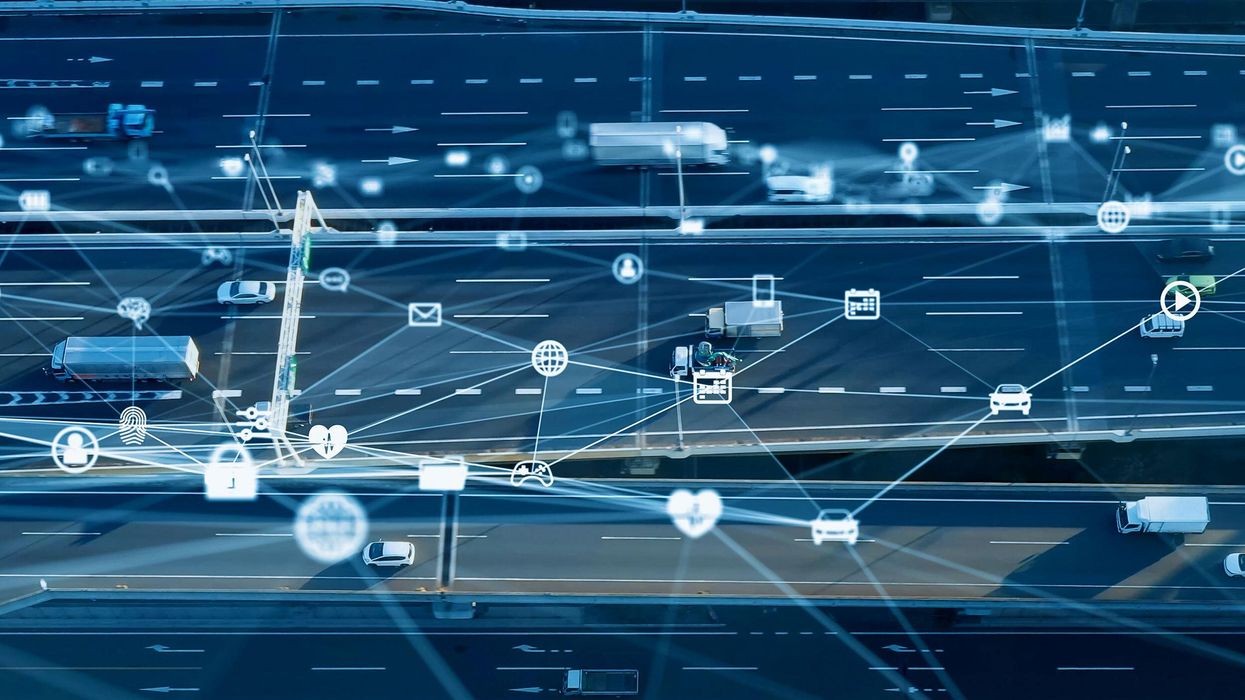
Sensors enabled by the Web of Factors are network-linked clever products that gather and transmit serious-time knowledge about their environment. The information they provide allows people today make greater-educated selections.
The use of IoT sensors has developed explosively in latest years since their growing features, modest dimension, and reduced electric power usage allow for designers to deploy them in new programs to enhance productivity and lower expenses. The sensors are staying employed in new strategies to improve the abilities of network-linked units and infrastructure.
The sensors are poised for mass-scale adoption in fields which includes automotive, wellbeing treatment, industrial automation, energy, and wise towns. But the deficiency of standardization in IoT sensors, coupled with interoperability worries, has made them susceptible to cyberattacks—which results in obstacles for their ubiquitous use. Hackers are concentrating on IoT sensors in larger quantities, in a lot more industries, and with improved sophistication.
Penalties of bad cybersecurity
A cyberattack can lead to money penalties and legal concerns if it renders a business enterprise or organization not able to satisfy its contractual obligations. An assault could hurt the company model and crank out person distrust of afflicted methods. It is high-priced and time-consuming to mend destruction triggered by an assault.
A lot more relating to is the incapacity to obtain and transmit uncorrupted knowledge in true time from essential programs this kind of as with network-related medical equipment. The rising use of this sort of professional medical products to keep an eye on and treat diabetes and other conditions depends on sensor cybersecurity.
Cyberattackers are targeting IoT sensors in higher figures, in more industries, and with increased sophistication. Interoperability troubles reduce the ability to entry the sensors and the information they publish.
An additional spot where sensor cybersecurity is crucial is clever cities, a recently growing current market. Sensible cities use networks that rely on programs of IoT-enabled sensors to assemble information to increase area services, allocate assets much more proficiently, and manage visitors alerts and other infrastructure. If compromised sensors fall short to send timely, exact data, then safety concerns could crop up. Persons and assets could be in threat if warnings about fires, chemical spills, or other emergency conditions fall short to arrive at public protection officers in time.
Sensors can enhance operational performance
The power and strength sector could considerably gain from sensor cybersecurity and interoperability to enable ascertain when and wherever to competently distribute electrical power.
Look at the U.S. grid, which includes about 7,300 energy vegetation 160,000 miles of high-voltage energy strains and hundreds of thousands of miles of lower-voltage energy traces and distribution transformers, in accordance to the U.S. Power Facts Administration. The grid is made up of gear of different vintages and distinctive technologies, is operated by a lot of organizations, and is serviced by suppliers with differing cybersecurity tactics. Obtaining sufficient cybersecurity in this sort of a substantial, disjointed method is a monumental challenge, but it could have a fantastic influence on autonomous command of ability programs.
In industry, automatic programs are vital to bettering operational performance and precision producing, assisting to make up for worker shortages. But when the IoT sensors in automatic or semiautomated systems fail to run, personnel could be injured or exposed to poisonous substances, and operations could be disrupted.
IEEE specifications on sensors
The IEEE Requirements Affiliation has a escalating portfolio of standards and tasks that handle distinct features of IoT sensors. Listed here are a number of of them:
IEEE 1451 is a series of specifications and initiatives that explain a established of open up, popular, community-unbiased interaction interfaces for connecting sensors or actuators to microprocessors, instrumentation techniques, and handle/subject networks. The aim of the series is to enable entry of sensor/actuator info via a common set of interfaces, irrespective of whether they are connected to devices or networks by wired or wi-fi means.
The IEEE 2700 Regular for Sensor Overall performance Parameter Definitions supplies a typical framework for effectiveness specification terminology, models, situations, and limits. The common addresses accelerometers, magnetometers, gyrometers/gyroscopes, accelerometer/magnetometer/gyroscope mixture sensors, barometer/tension sensors, hygrometer/humidity sensors, temperature sensors, light-weight sensors, and proximity sensors.
IEEE P2888 is a sequence of expectations projects that tackle a multitude of spots for digital fact and augmented reality, including sensor interfaces.
The IEEE 2621 series of criteria defines the concept of cybersecurity assurance for wi-fi diabetic issues equipment, and it specifies protection requirements. It also delivers directions on how to obtain assurance.







More Stories
Unlocking Startup Potential: Why Employee Monitoring Software is a Game-Changer in 2025
Ossisto Powers Your Growth with Smart Outsourcing
How a SaaS Marketing Agency Can Help Your Software Business Grow